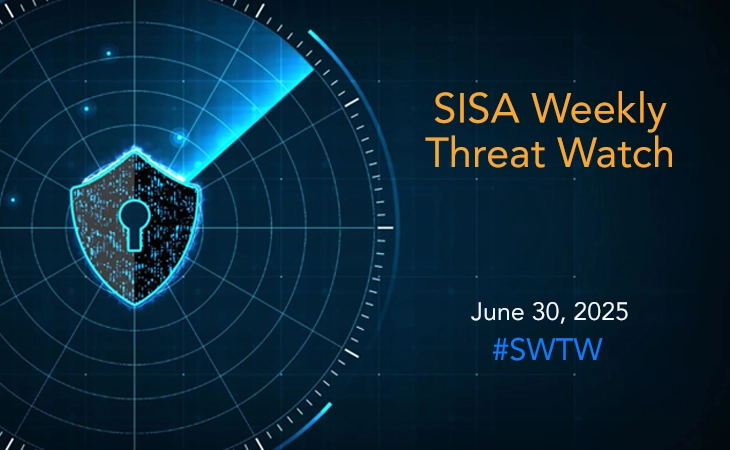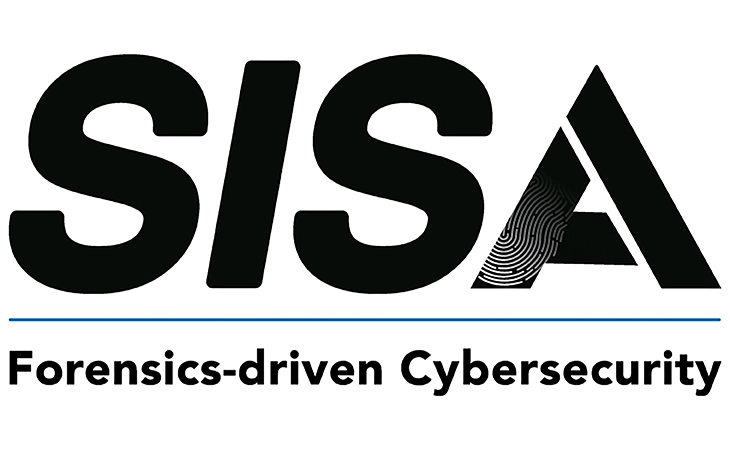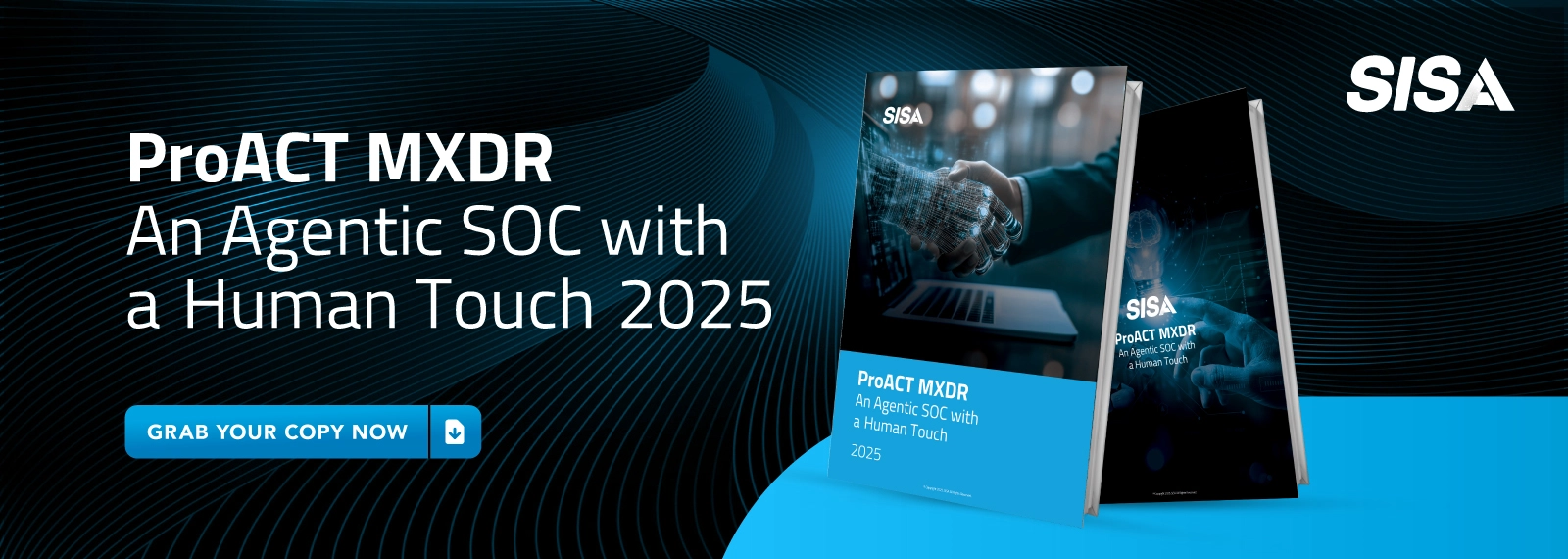
Purpose Of PCI DSS Audit And Do You Need One For Your Organization?
In today’s digital economy, safeguarding sensitive payment card data is non-negotiable. The Payment Card Industry Data Security Standard (PCI DSS) sets the benchmark for protecting cardholder information, and a PCI DSS audit is a critical step in validating compliance. But what exactly is the purpose of this audit, and does your organization need one? Let’s break it down.
What Is the Purpose of a PCI DSS Audit?
A PCI DSS audit is a rigorous evaluation of your organization’s adherence to the 12 security requirements established by the PCI Security Standards Council (PCI SSC). Its primary purposes include:
- Validating Security Controls: Audits assess whether your technical and operational safeguards (e.g., firewalls, encryption, access controls) effectively protect cardholder data.
- Identifying Vulnerabilities: Auditors uncover gaps in your security posture, such as outdated software or misconfigured systems, that could expose sensitive data.
- Ensuring Compliance: The audit verifies compliance with PCI DSS standards, which is mandatory for businesses handling payment card transactions.
- Mitigating Risks: By addressing vulnerabilities, audits reduce the risk of data breaches, financial penalties, and reputational damage.
- Building Customer Trust: Demonstrating compliance reassures customers that their data is secure, fostering loyalty and confidence.
Who Needs a PCI DSS Audit?
Not every organization requires a formal audit. The need depends on your PCI DSS merchant level, determined by the volume of annual card transactions:
PCI DSS Merchant Levels:
- Level 1:
- Processes over 6 million transactions annually.
- Requirement: Annual audit by a Qualified Security Assessor (QSA), quarterly network scans, and submission of a Report on Compliance (RoC).
- Level 2:
- Processes 1–6 million transactions annually.
- Requirement: Annual Self-Assessment Questionnaire (SAQ) and quarterly scans.
- Level 3:
- Processes 20,000–1 million e-commerce transactions annually.
- Requirement: SAQ and quarterly scans.
- Level 4:
- Processes fewer than 20,000 e-commerce transactions (or up to 1 million in-person transactions).
- Requirement: SAQ and quarterly scans.
Note: Organizations that suffer a data breach are automatically classified as Level 1, regardless of transaction volume, and must undergo an audit.
Benefits of a PCI DSS Audit
Beyond compliance, a PCI DSS audit offers strategic advantages:
- Enhanced Security Posture: Audits force organizations to adopt best practices like encryption, network segmentation, and vulnerability management.
- Avoid Financial Penalties: Non-compliance can result in fines up to $100,000 per month from card brands.
- Streamline Operations: Audits often reveal inefficiencies, enabling businesses to optimize processes.
- Third-Party Trust: Compliance reassures partners and vendors that you handle data responsibly.
- Proactive Threat Management: Regular audits ensure continuous monitoring and adaptation to emerging cyber threats.
Conclusion
A PCI DSS audit isn’t just a regulatory checkbox—it’s a vital tool for securing your organization’s future. By validating compliance, mitigating risks, and building customer trust, audits empower businesses to thrive in a landscape where data breaches are costly and common. Whether you’re a Level 1 enterprise or a small e-commerce store, understanding your obligations under PCI DSS is the first step toward safeguarding your operations and reputation.
FAQs
Can We Use an Internal Team for the Audit Instead of a QSA?
Level 1 merchants must hire an external QSA. Levels 2–4 can use an Internal Security Assessor (ISA) if trained by PCI SSC. However, third-party QSAs provide unbiased evaluations and expertise.
What Happens If We Fail the Audit?
Failing an audit isn’t the end—it’s a roadmap for improvement. You’ll receive a remediation plan to address gaps. However, ignoring findings can lead to fines, revoked payment processing privileges, or legal action.
How Long Does a PCI DSS Audit Take?
The timeline varies by organization size and complexity. Smaller businesses may complete it in weeks, while enterprises might take months. Proper preparation (e.g., scoping, documentation) speeds up the process.
Do SaaS Providers Need a PCI DSS Audit?
Yes, if they store, process, or transmit cardholder data. Even cloud providers must comply, as their infrastructure impacts clients’ PCI DSS adherence.
Are Debit Card Transactions Included in PCI DSS Scope?
Yes. PCI DSS applies to all payment cards, including debit, credit, and prepaid cards bearing logos of major brands (Visa, Mastercard, etc.).
How Much Does a PCI DSS Audit Cost?
Costs range from 5,000forsmallbusinesses(SAQ)toover5,000forsmallbusinesses(SAQ)toover50,000 for Level 1 audits. Factors include scope, QSA fees, and remediation efforts.
Is PCI DSS Compliance a One-Time Effort?
No. Compliance requires continuous monitoring, annual audits/SAQs, and quarterly vulnerability scans. Cyber threats evolve, so your defenses must too.
Latest
Blogs
Whitepapers
Monthly Threat Brief
Customer Success Stories
 USA
USA India
India APAC
APAC Middle East
Middle East Global
Global






 Facebook
Facebook Linkedin
Linkedin  X
X Youtube
Youtube






